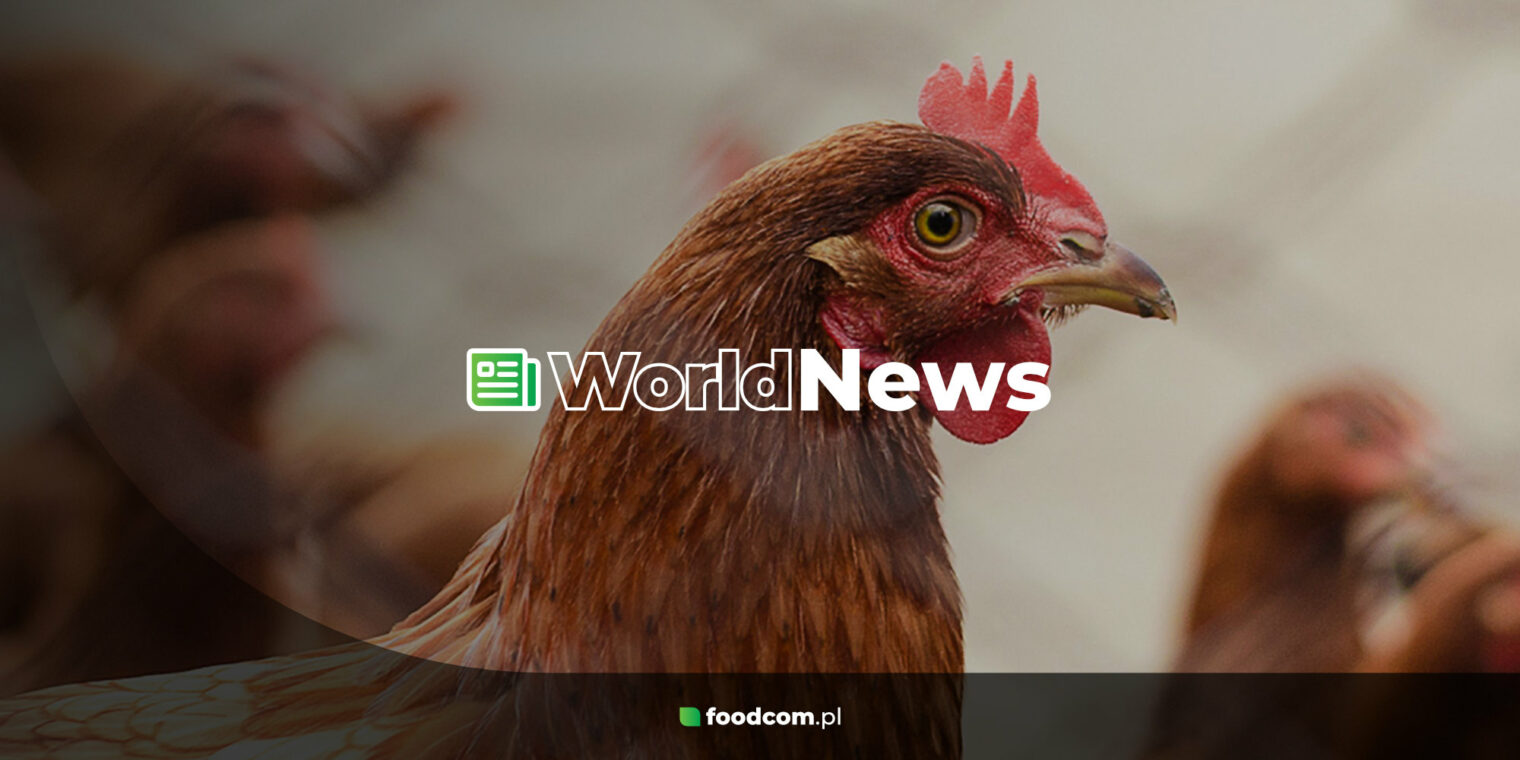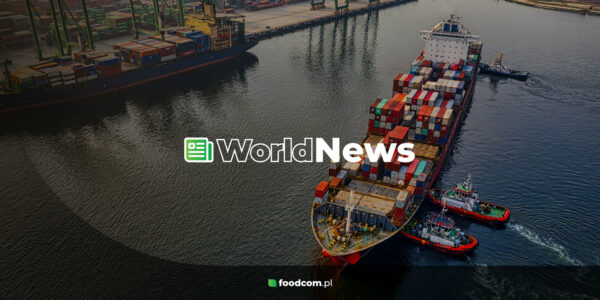Summary
Table of contents
We present you with highlights from the feed grains market around the world. Take a look at difficult weather conditions affecting harvest and spiking prices for wheat, grains, and corn. See also how governments and farmers around the world are handling the situation.
Wheat production around the world is facing a set of challenges, the most severe one being unfavorable weather conditions, ranging from floods to droughts. The global wheat market is continuously noting price volatility, with numbers significantly higher than in the previous seasons. Record prices for wheat were set in mid-August 2021 at $333 per tonne as global production is facing a setback. The revised wheat yield for Russia is down by 15% to 72.5 million tonnes for the marketing year 2021/2022. The lowered output is caused by tough weather conditions in February and March, including freezing and thawing events. The Canadian wheat crop is expected to be the lowest in over 10 years at 24 million tonnes in the deteriorating drought in July. The projection for wheat yield in 2021 in the EU was also lowered from 5.82 tonnes per hectare to 5.75 tonnes due to frequent rains. In Australia, however, wheat production estimates are increased by 1.5 million to a total of 30 million for the 2021/2022 season. Late-August wheat export price for feed wheat was at AUD 410 per tonne, up by 33% from the same time last year.
World prices for corn are also much higher this season, with numbers spiking at the beginning of May at around $320 per tonne. Since then the prices have been gradually decreasing with recent numbers for late August at $252 per tonne. Unfavorable weather conditions in Brazil are expected to further propel corn prices. Production estimates are raised for Ukraine due to higher yield projections and for Russia due to larger crop area. General EU corn output is lowered on decreased numbers for Hungary, Bulgaria, and Romania, while higher projections concern Croatia, France, and Germany. Bulgaria and Romania make up around 28% of the EU corn production, and the recent droughts in the area caused by the summer heatwave may have a negative impact on the harvest.
Global barley production estimates are lowered including poorer output projections for Canada, Turkey, and Russia while higher yield is expected in Ukraine, Morocco, and Australia. Late-August feed barley export price from Australia was at AUD 344 per tonne, up by 33% compared to the same time last year. The EU barley production estimates are also lowered, but the yield is raised to 4.99 tonnes per hectare, up from 4.86 tonnes estimated in July. In the UK, around 90% of winter barley has already been harvested with a delay caused by cold spring.
Despite rising feed costs, the US projections for milk output in 2021 are expected to increase by 2.1% due to the higher number of cows and enhanced animal performance. The US milk price is projected to grow by 3.9% because of the higher forage costs.
In China, the corn shortage has pushed the country to boost purchases of yellow grains including corn, sorghum, and wheat. Additionally, the government has allowed the import of feed-grade barley powder from Kazakhstan to support the domestic supply. Although corn prices on the Chinese market decreased by 12% from record numbers in May, they are still significantly higher than in the same period in 2020.
In Southeast Asia, feed millers are forced to decrease wheat imports due to record prices. Part of that demand is replaced with Australian feed-grade barley, and sharp increases in orders from Australia are seen in several countries in the region. The Philippines imported 109,659 metric tonnes of the Australian product between October 2020 and June 2021 – almost a tenfold increase compared to the entire marketing year 2019/2020. Vietnam imported around 422,000 metric tonnes of Australian barley this season until June, up from 20,000 metric tonnes in the same period last year, becoming the fourth-largest buyer. Other major importers of Australian barley include Thailand and Saudi Arabia.
Due to the forage costs and their limited availability, Iranian farmers turn to the open market. Many of them are forced to declare bankruptcy or cull animals, raising concerns as to the serious livestock shortage in the near future. Business owners in Iran are criticizing the Ministry of Agriculture Jihad for its decision not to pay the customs on 3 million tonnes of imported grains that are still stuck at the seaport.
Over concerns from several European Union member states during the July meeting of farming ministers, the EU Agriculture Commissioner reassured that feed prices are anticipated to get lower and that Common Agricultural Policy (CAP) subsidies will reach farmers in the case of a price crisis. Member states are concerned about the international feed prices being between 25% and 60% higher, notably soybean meal, wheat, barley, and corn. In Croatia, the costs for animal feed are the highest in seven years. The situation forced the country to turn for financial support to the European Commission. On the other hand, Irish farmers take the advantage of the higher feed costs with their competitive production systems based on grass. Comparing trends of prices for products and farms inputs, the farmers are 4.5% up year-on-year due to increased prices for milk, beef, and sheep.
Poor weather, lower production, and record prices
Wheat production around the world is facing a set of challenges, the most severe one being unfavorable weather conditions, ranging from floods to droughts. The global wheat market is continuously noting price volatility, with numbers significantly higher than in the previous seasons. Record prices for wheat were set in mid-August 2021 at $333 per tonne as global production is facing a setback. The revised wheat yield for Russia is down by 15% to 72.5 million tonnes for the marketing year 2021/2022. The lowered output is caused by tough weather conditions in February and March, including freezing and thawing events. The Canadian wheat crop is expected to be the lowest in over 10 years at 24 million tonnes in the deteriorating drought in July. The projection for wheat yield in 2021 in the EU was also lowered from 5.82 tonnes per hectare to 5.75 tonnes due to frequent rains. In Australia, however, wheat production estimates are increased by 1.5 million to a total of 30 million for the 2021/2022 season. Late-August wheat export price for feed wheat was at AUD 410 per tonne, up by 33% from the same time last year.
Situation on the corn market
World prices for corn are also much higher this season, with numbers spiking at the beginning of May at around $320 per tonne. Since then the prices have been gradually decreasing with recent numbers for late August at $252 per tonne. Unfavorable weather conditions in Brazil are expected to further propel corn prices. Production estimates are raised for Ukraine due to higher yield projections and for Russia due to larger crop area. General EU corn output is lowered on decreased numbers for Hungary, Bulgaria, and Romania, while higher projections concern Croatia, France, and Germany. Bulgaria and Romania make up around 28% of the EU corn production, and the recent droughts in the area caused by the summer heatwave may have a negative impact on the harvest.
Barley
Global barley production estimates are lowered including poorer output projections for Canada, Turkey, and Russia while higher yield is expected in Ukraine, Morocco, and Australia. Late-August feed barley export price from Australia was at AUD 344 per tonne, up by 33% compared to the same time last year. The EU barley production estimates are also lowered, but the yield is raised to 4.99 tonnes per hectare, up from 4.86 tonnes estimated in July. In the UK, around 90% of winter barley has already been harvested with a delay caused by cold spring.
How are the farmers dealing with higher feed costs?
Despite rising feed costs, the US projections for milk output in 2021 are expected to increase by 2.1% due to the higher number of cows and enhanced animal performance. The US milk price is projected to grow by 3.9% because of the higher forage costs.
Asia and Oceania
In China, the corn shortage has pushed the country to boost purchases of yellow grains including corn, sorghum, and wheat. Additionally, the government has allowed the import of feed-grade barley powder from Kazakhstan to support the domestic supply. Although corn prices on the Chinese market decreased by 12% from record numbers in May, they are still significantly higher than in the same period in 2020.
In Southeast Asia, feed millers are forced to decrease wheat imports due to record prices. Part of that demand is replaced with Australian feed-grade barley, and sharp increases in orders from Australia are seen in several countries in the region. The Philippines imported 109,659 metric tonnes of the Australian product between October 2020 and June 2021 – almost a tenfold increase compared to the entire marketing year 2019/2020. Vietnam imported around 422,000 metric tonnes of Australian barley this season until June, up from 20,000 metric tonnes in the same period last year, becoming the fourth-largest buyer. Other major importers of Australian barley include Thailand and Saudi Arabia.
Problems in the Middle East
Due to the forage costs and their limited availability, Iranian farmers turn to the open market. Many of them are forced to declare bankruptcy or cull animals, raising concerns as to the serious livestock shortage in the near future. Business owners in Iran are criticizing the Ministry of Agriculture Jihad for its decision not to pay the customs on 3 million tonnes of imported grains that are still stuck at the seaport.
Situation in Europe
Over concerns from several European Union member states during the July meeting of farming ministers, the EU Agriculture Commissioner reassured that feed prices are anticipated to get lower and that Common Agricultural Policy (CAP) subsidies will reach farmers in the case of a price crisis. Member states are concerned about the international feed prices being between 25% and 60% higher, notably soybean meal, wheat, barley, and corn. In Croatia, the costs for animal feed are the highest in seven years. The situation forced the country to turn for financial support to the European Commission. On the other hand, Irish farmers take the advantage of the higher feed costs with their competitive production systems based on grass. Comparing trends of prices for products and farms inputs, the farmers are 4.5% up year-on-year due to increased prices for milk, beef, and sheep.


![Storm on the plant-based market – latest disruptions and outlook [74th Edition of the PLANT-BASED Newsletter] Storm on the plant-based market – latest disruptions and outlook [74th Edition of the PLANT-BASED Newsletter]](https://foodcom.pl/wp-content/uploads/2023/08/Foodcom_SA_Newsletter_Plant-Based-600x300.jpg)




